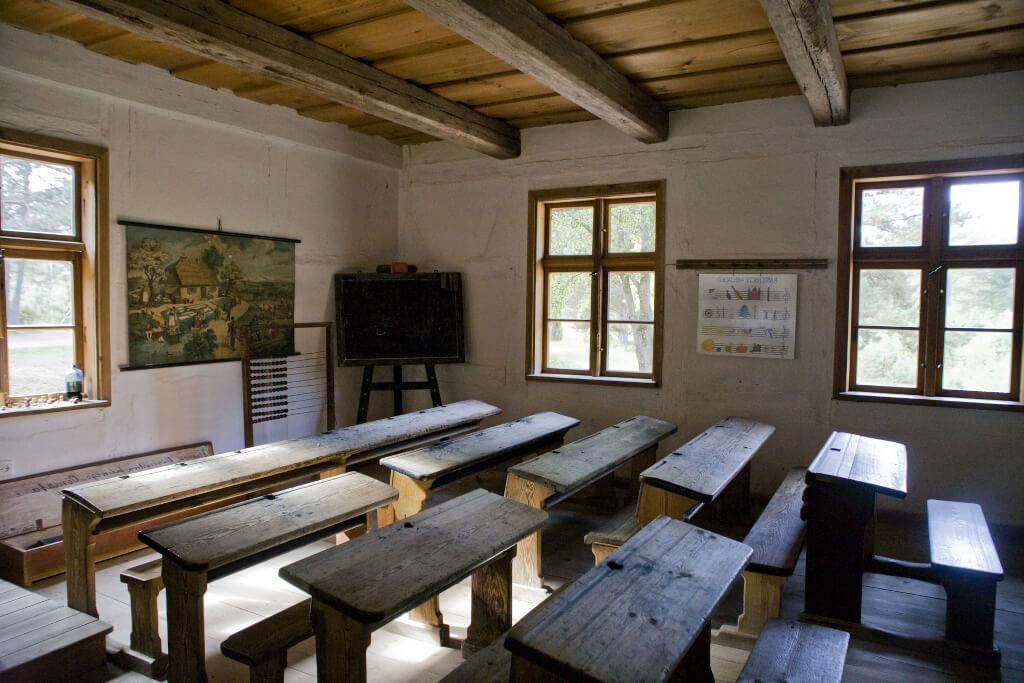A devastating incident rocked the Mawewe Secondary School in Dumphries Village, Bushbuckridge Local Municipality, as a 12th-grade student fell victim to a fatal black mamba bite. The unfortunate event occurred during a Grade 12 camp, meant to prepare students for the upcoming 2023 National Senior Certificate tests.
Jasper Zwane, the spokesperson for the Department of Education, confirmed the tragic incident, highlighting the distressing turn of events that unfolded during what was supposed to be an educational and preparatory camp for the students. In response to the heartbreaking incident, Bonakele Majuba, the Minister of Education, expressed intentions to offer condolences and support to the bereaved family during their time of mourning.
The snake’s identity was verified by Cockroach Mdluli, a local snake catcher, who confirmed to Mpumalanga News that the lethal serpent responsible for the fatal bite was indeed a black mamba. Mdluli revealed that he had been informed of a snake sighting at the school but was unable to arrive at the location promptly.
Essential Tools for Prompt Response
Snakebite First Aid Kit
A well-prepared first aid kit equipped specifically for snakebites is a crucial tool in such emergencies. Ensure it contains bandages, antiseptic wipes, a marker to outline the bite area, and a splint to immobilize the affected limb. Immediate access to these supplies can significantly mitigate the impact of the snakebite.
Emergency Contact Information
Having readily available emergency contact details, including local hospitals, poison control centers, and emergency responders, is imperative. Time is of the essence in snakebite cases, and prompt professional medical attention is critical for effective treatment.
Snakebite Identification Guide
Carry a comprehensive snake identification guide or app to swiftly identify the snake species responsible for the bite. This knowledge aids medical professionals in administering the appropriate antivenom, significantly enhancing the effectiveness of treatment.
Communication Device
Ensure access to a communication device, such as a mobile phone, to seek immediate assistance in the event of a snakebite. Quick communication can facilitate swift response and guidance from medical professionals or emergency services.
Stay Calm and Still
Though not a physical tool, maintaining a composed demeanor and keeping still after a snakebite is crucial. Minimize movement to slow the venom’s spread through the body, buying crucial time until medical help arrives.
Encountering snakes in their natural habitat demands a blend of caution and respect for these creatures. While some snakes exhibit non-aggressive behavior, others may pose a potential threat if provoked.
Enhancing Safety Protocols in Rural Schools
In the wake of the unfortunate incident involving the black mamba bite at Mawewe Secondary School, there’s a pressing need for comprehensive wildlife awareness programs in rural schools. These programs should equip both students and staff with essential knowledge about local wildlife, including identification, behavior, and safety precautions. You, as a concerned member of your community, can advocate for the implementation of such programs to prevent similar occurrences.
Consider the importance of providing training sessions conducted by professional snake handlers. Educating designated staff members about safe and effective snake-handling techniques can significantly minimize risks and swiftly manage snake encounters on school premises. Your active support in urging school administrations to arrange such training sessions can contribute to a safer environment for students and staff.
Advocate for the establishment of clear and practiced emergency response protocols specific to wildlife encounters. This includes swift access to trained medical personnel, well-equipped first aid kits tailored for snakebites, and established communication channels to ensure immediate assistance in case of emergencies. Your involvement in advocating for the formulation and implementation of these protocols can be instrumental in ensuring rapid and effective responses.
Promote the importance of regular inspections of school premises to identify and mitigate potential wildlife hazards. Encourage school administrations to collaborate with local wildlife experts or authorities to conduct periodic assessments and implement necessary measures to prevent wildlife intrusion onto school grounds. Your engagement in emphasizing the significance of these inspections can contribute to a safer environment for everyone.
Highlight the significance of fostering community involvement and awareness regarding wildlife safety in school settings. Encourage local communities to participate actively in initiatives aimed at raising awareness, sharing knowledge, and promoting responsible behavior when encountering wildlife. Your active participation in these community efforts can create a more informed and vigilant environment, ensuring the safety of students and staff in rural schools.
Creating Wildlife-Safe Infrastructure
- Ensuring the construction of wildlife-safe infrastructure in rural schools is paramount. This involves designing and implementing physical barriers, such as fencing and barriers, to prevent animal intrusion onto school premises. By investing in these measures, you contribute to the safety and security of students, staff, and visitors while minimizing potential wildlife encounters within the school environment.
- Engagement with local conservationists and wildlife experts can be pivotal. Collaborating with these experts offers valuable insights into the behavior and habitats of local wildlife, facilitating the development of informed safety strategies tailored to the specific ecosystem. By fostering these relationships, you actively contribute to creating a safer and more informed school environment.
- Advocating for the integration of wildlife education within the school curriculum holds immense value. Incorporating subjects or modules dedicated to understanding local wildlife, their behavior, and safety precautions empowers students with essential knowledge. This education equips them to make informed decisions and respond appropriately in the event of wildlife encounters, fostering a culture of safety and awareness.
- Implementing regular emergency response drills specifically focused on wildlife encounters is essential. Conducting mock scenarios enables students and staff to practice swift and effective responses in simulated situations. These drills reinforce safety protocols, enhancing preparedness and ensuring a coordinated and efficient response in real-life emergencies involving wildlife.
- Supporting research and development initiatives aimed at innovative solutions for wildlife safety in schools is crucial. Encouraging investment in technologies or methodologies that offer proactive measures, such as early warning systems for wildlife presence, ensures continuous improvement in safety practices. By advocating for these advancements, you contribute to the ongoing enhancement of safety standards in rural school environments.
The tragic loss of a young life due to a black mamba bite serves as a poignant reminder of the importance of understanding and cautiously interacting with wildlife. This incident underscores the significance of vigilance and appropriate actions when encountering potentially dangerous animals, especially in natural settings.




